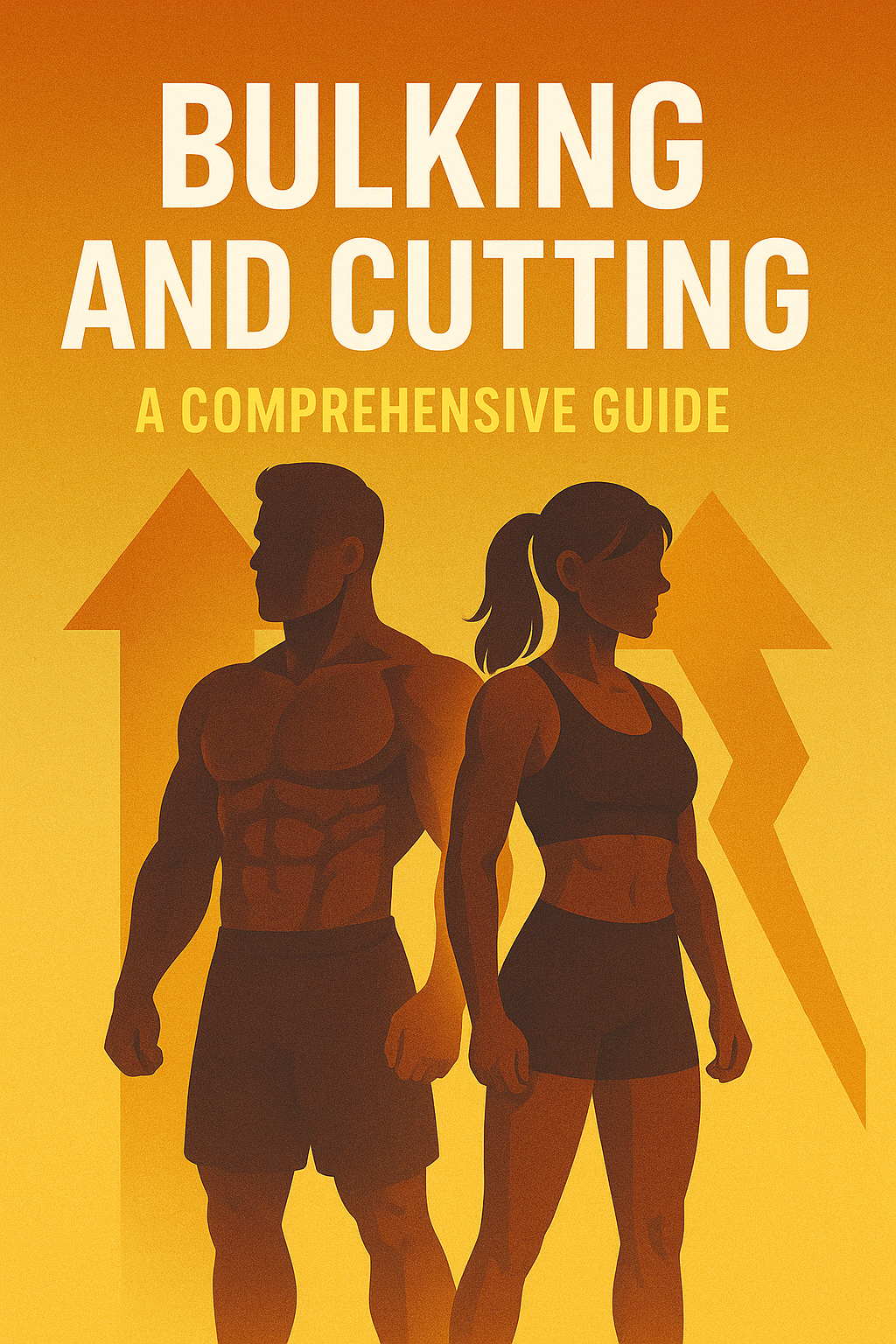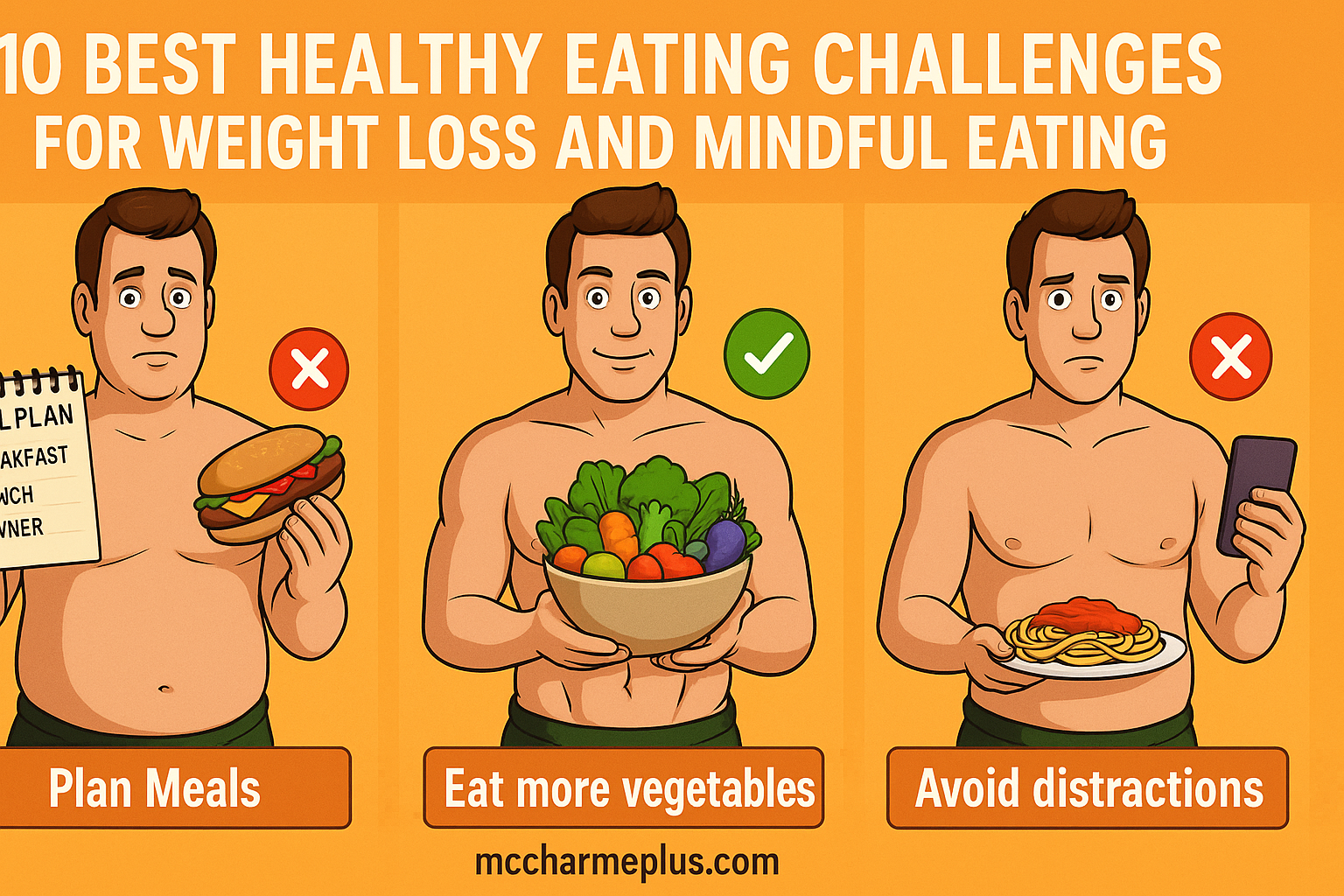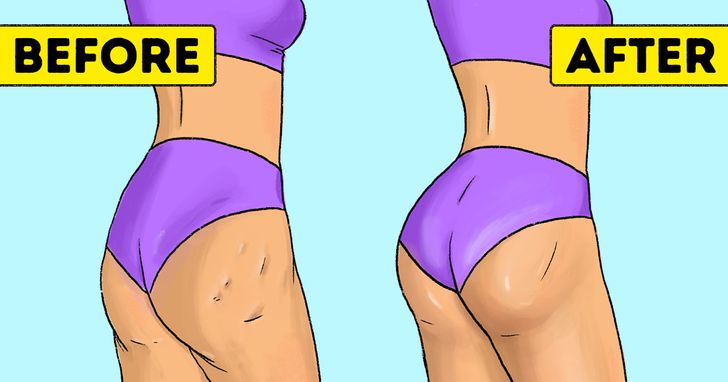In the world of bodybuilding and fitness, two distinct phases are crucial for achieving specific goals: bulking and cutting. Bulking involves increasing muscle mass through a calorie surplus, while cutting focuses on reducing body fat while maintaining muscle mass through a calorie deficit. Understanding these concepts is essential for anyone looking to transform their physique, whether it’s to build muscle, lose fat, or improve overall health.
Bulking and cutting are not just about following a specific diet or workout routine; they require careful planning, dedication, and patience. A well-planned bulking phase can help you build significant muscle mass, while a successful cutting phase can reveal the muscle definition you’ve worked hard to achieve. However, without proper guidance, it’s easy to make mistakes that can hinder progress, lead to injury, or cause frustration.
In this comprehensive guide, we’ll delve into the world of bulking and cutting, exploring the principles, strategies, and tips necessary for success. Whether you’re a beginner looking to build muscle or an experienced athlete seeking to fine-tune your physique, this guide will provide you with the knowledge and insights needed to achieve your fitness goals.
What is Bulking?
Bulking is a phase of training and nutrition where the primary goal is to increase muscle mass. This is achieved by consuming a calorie surplus, which provides the body with the necessary energy to build and repair muscle tissue.
Key Principles of Bulking
1. Calorie Surplus: Consuming more calories than your body burns, resulting in a net positive energy balance.
2. Macronutrient Balance: Ensuring adequate protein, carbohydrate, and fat intake to support muscle growth and overall health.
3. Progressive Overload: Gradually increasing weight, resistance, or reps over time to challenge muscles and stimulate growth.
Tips for Successful Bulking
1. Eat Enough Protein: Aim for 1.2-1.6 grams of protein per kilogram of body weight daily to support muscle growth.
2. Incorporate Compound Exercises: Focus on exercises that work multiple muscle groups at once, such as squats, deadlifts, and bench press.
3. Get Adequate Rest and Recovery: Ensure 7-9 hours of sleep and take rest days as needed to allow muscles to recover and grow.
4. Monitor Progress: Regularly track weight, body fat percentage, and measurements to ensure progress and adjust strategies as needed.
By following these principles and tips, you can set yourself up for success in your bulking phase and achieve significant gains in muscle mass.
What is Cutting?
Cutting is a phase of training and nutrition where the primary goal is to reduce body fat while maintaining muscle mass. This is achieved by consuming a calorie deficit, which forces the body to burn stored fat for energy.
Key Principles of Cutting
1. Calorie Deficit: Consuming fewer calories than your body burns, resulting in a net negative energy balance.
2. Macronutrient Balance: Ensuring adequate protein, carbohydrate, and fat intake to support muscle maintenance and overall health.
3. Increased Cardio: Incorporating regular cardio exercises to enhance fat burning and weight loss.
Tips for Successful Cutting
1. Reduce Daily Caloric Intake: Aim for a daily caloric deficit of 500-1000 calories to promote weight loss while preserving muscle mass.
2. Maintain Adequate Protein: Ensure 1.2-1.6 grams of protein per kilogram of body weight daily to support muscle maintenance.
3. Incorporate High-Intensity Interval Training (HIIT): Use HIIT cardio exercises to enhance fat burning and improve cardiovascular fitness.
4. Monitor Progress: Regularly track weight, body fat percentage, and measurements to ensure progress and adjust strategies as needed.
By following these principles and tips, you can successfully navigate the cutting phase and achieve your desired level of leanness while maintaining muscle mass.
How to Transition Between Bulking and Cutting Phases
Transitioning between bulking and cutting phases requires careful planning and consideration. Here are some tips to help you transition smoothly:
1. Gradually Adjust Caloric Intake
When transitioning from a bulking to a cutting phase, gradually reduce your daily caloric intake over a period of 1-2 weeks. This allows your body to adapt to the new energy balance.
2. Modify Macronutrient Ratios
Adjust your macronutrient ratios to support your new phase. For example, during a cutting phase, you may want to increase your protein intake to support muscle maintenance.
3. Change Your Workout Routine
Modify your workout routine to focus on maintenance or fat loss. During a cutting phase, you may want to increase the intensity and frequency of your cardio workouts.
4. Monitor Progress and Adjust
Regularly track your progress, including weight, body fat percentage, and measurements. Adjust your strategy as needed to ensure you’re meeting your goals.
5. Consider a “Bridge” Phase
If you’re transitioning from a bulking to a cutting phase, consider incorporating a “bridge” phase. This involves maintaining a neutral calorie balance for 2-4 weeks to allow your body to adapt before entering a calorie deficit.
6. Be Patient and Flexible
Transitioning between phases requires patience and flexibility. Be prepared to make adjustments as needed, and don’t get discouraged if progress is slow.
By following these tips, you can successfully transition between bulking and cutting phases and achieve your desired fitness goals.
Common Mistakes to Avoid
When bulking or cutting, it’s essential to avoid common mistakes that can hinder progress, lead to injury, or cause frustration. Here are some mistakes to watch out for:
1. Overeating or Undereating
During a bulking phase, overeating can lead to excessive fat gain, while undereating can limit muscle growth. Conversely, during a cutting phase, undereating can lead to muscle loss, while overeating can hinder fat loss.
2. Neglecting Proper Nutrition or Supplementation
Failing to provide your body with the necessary nutrients or supplements can limit progress, lead to injury, or cause fatigue.
3. Insufficient Rest and Recovery
Adequate rest and recovery are crucial for muscle growth and repair. Failing to provide your body with sufficient rest and recovery can lead to injury, fatigue, or stagnation.
4. Inconsistent Training
Inconsistent training can lead to stagnation, injury, or frustration. Ensure you’re training regularly and making progressive overload a priority.
5. Unrealistic Expectations
Having unrealistic expectations can lead to disappointment, frustration, or burnout. Set realistic goals, celebrate small victories, and focus on progress, not perfection.
6. Lack of Patience
Bulking and cutting require patience, dedication, and persistence. Avoid getting discouraged by setbacks, plateaus, or slow progress.
7. Inadequate Hydration
Inadequate hydration can lead to fatigue, decreased performance, or injury. Ensure you’re drinking sufficient water throughout the day.
By avoiding these common mistakes, you can ensure a successful bulking or cutting phase, achieve your fitness goals, and maintain a healthy, balanced lifestyle.
Conclusion
Bulking and cutting are two distinct phases of a fitness journey that require careful planning, dedication, and patience. By understanding the principles of each phase, including calorie surpluses and deficits, macronutrient balance, and progressive overload, you can set yourself up for success and achieve your desired fitness goals.
Remember, bulking and cutting are not just about following a specific diet or workout routine; they require a holistic approach that incorporates proper nutrition, supplementation, rest, and recovery. By avoiding common mistakes, such as overeating or undereating, neglecting proper nutrition or supplementation, and insufficient rest and recovery, you can ensure a successful bulking or cutting phase.
Ultimately, the key to success lies in patience, persistence, and dedication. Bulking and cutting are long-term processes that require a commitment to your fitness goals. By staying focused, motivated, and informed, you can achieve your desired physique and maintain a healthy, balanced lifestyle.
If you’re new to bulking and cutting, don’t be discouraged if you encounter setbacks or plateaus. Instead, learn from your mistakes, adjust your strategy, and keep moving forward. With time, patience, and persistence, you’ll achieve your fitness goals and unlock your full potential.




